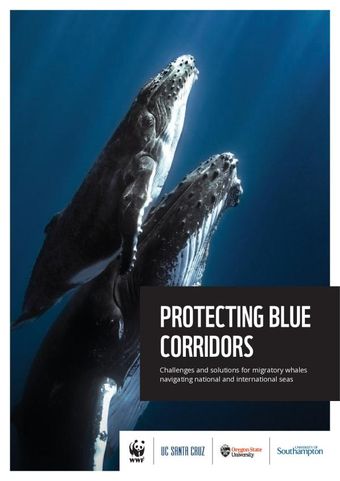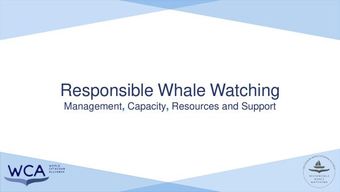Do large whales have an impact on commercial fishing in the South Pacific Ocean
- Description:
- Although there is evidence that some populations of large whales in the Southern Hemisphere have increased in recent years, differences in feeding behaviour and migration patterns largely precludes direct competition between these and coastal pelagic fisheries in the South Pacific Ocean. In particular, many of the whales that spend at least part of their year in the South Pacific make feeding migrations in summer to Antarctic waters where some estimates put their food intake at 90% of annual consumption. Others, such as female sperm whales (Physeter macrocephalus), which do not migrate from tropical/subtropical South Pacific waters, feed at depths greater than that usually occupied by species that are the targets of commercial fisheries, such as the tunas (Thunnus spp.). Thus, even though consumption by whales is high, dietary overlap with commercially fished species is relatively low as much of their feeding is in waters that are not exploited by fisheries. However, there are a number of anecdotal reports that some smaller cetacean species, in particular killer and pilot whales, that take fish from longlines set in the region, although more are lost to sharks. However, it should be noted that any assessment of interactions between whales and fisheries is limited by a lack of qualitative and quantitative data. Abundance estimates, particularly for some of the smaller species in the South Pacific region, are only order of magnitude estimates. Furthermore, knowledge for food chains (and their interactions) for many cetaceans in the South Pacific is sketchy making assessment of their impact on local fisheries difficult.
- Display date:
- 2000
- Collections:
- Secretariat of the Pacific Regional Environment Programme (SPREP)
- Publisher:
- CSIRO Publishing
- Content partner:
- Secretariat of the Pacific Regional Environment Programme (SPREP)
- Availability:
- Not specified
-
Copyright status: All rights reservedFind out more about what you are able to do with this itemThis item is all rights reserved, with means you'll have to get permission from Secretariat of the Pacific Regional Environment Programme (SPREP) before using it. For more information, please see our use and reuse page.What can I do with this item?Non-infringing useNZ copyright law does not prevent every use of a copyright work, and this item may be hosted by an international institute or organisation. You should consider what you can and cannot do with a copyright work.No sharingYou may not copy and/or share this item with others without further permission. This includes posting it on your blog, using it in a presentation, or any other public use.No modifyingYou are not allowed to adapt or remix this item into any other works.No commercial useYou may not use this item commercially.
Related items
Welcome and warm Pasifik greetings
The information on this site has been gathered from our content partners.
The names, terms, and labels that we present on the site may contain images or voices of deceased persons and may also reflect the bias, norms, and perspective of the period of time in which they were created. We accept that these may not be appropriate today.
If you have any concerns or questions about an item, please contact us.

